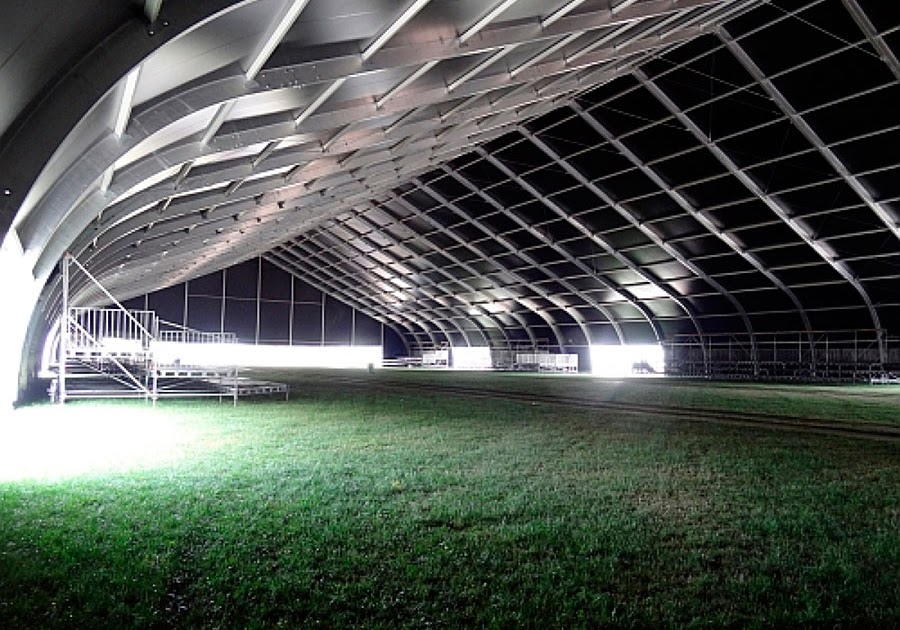Turnaround facilities are key players in many industries, including manufacturing, energy, and chemical processing. They handle crucial maintenance and upgrades to keep operations running smoothly. This article will explain how these facilities are adapting with new technologies and best practices to stay effective and efficient.
1. New Technologies Revolutionizing Turn around Facilities
Turn Around facilities are embracing several new technologies that are changing how they operate. Here’s a look at some of the most impactful ones:
1.1. Digital Twins
A digital twin is a virtual model of a physical asset, like a machine or a plant. In turnaround, digital twins offer:
- Real-Time Monitoring: Track the performance of equipment as it happens.
- Simulations: Test changes or repairs in a virtual setting before applying them in real life.
By using digital twins, facilities can prevent issues before they occur and plan maintenance more effectively.
1.2. Predictive Maintenance
Predictive maintenance uses data to predict when equipment might fail. This technology involves:
- Data Collection: Sensors gather data on how equipment is performing.
- Data Analysis: Software analyzes this data to forecast potential problems.
Predictive maintenance helps facilities perform maintenance only when needed, reducing unexpected breakdowns and costs.
1.3. Augmented Reality (AR)
AR technology overlays digital information onto the real world. In turn around facilities, AR is used to:
- Assist Technicians: Provide step-by-step guidance during repairs.
- Enhance Training: Offer interactive training experiences for staff.
AR improves the accuracy of repairs and helps in training new employees more efficiently.
2. Best Practices Enhancing Facility Operations
Implementing best practices is essential for the success of facilities. Here are some key practices:
2.1. Detailed Planning and Scheduling
Proper planning and scheduling are crucial for effective turnarounds. This involves:
- Creating Detailed Plans: Outline all tasks, required resources, and timelines.
- Using Scheduling Tools: Manage schedules to track progress and allocate resources efficiently.
Good planning reduces downtime and helps complete maintenance on time.
2.2. Focus on Safety
Safety is a top priority in turn around facilities. To ensure safety:
- Conduct Risk Assessments: Identify and address potential hazards.
- Provide Safety Training: Train staff on safety protocols and emergency procedures.
Maintaining high safety standards helps prevent accidents and keeps the workplace safe.
2.3. Emphasize Continuous Improvement
Continuous improvement means regularly reviewing and enhancing processes. This can be done by:
- Analyzing Past Performance: Look at previous turnarounds to find areas for improvement.
- Implementing New Methods: Apply new technologies and practices based on past experiences.
This approach helps facilities stay competitive and improve their operations over time.
3. Enhancing Workforce Skills
As technology evolves, it’s important for the workforce to stay skilled. Turn around facilities are focusing on:
4.1. Ongoing Training
Regular training ensures employees:
- Stay Updated: Learn about the latest technologies and best practices.
- Develop Skills: Gain expertise needed to operate new equipment.
Training helps employees use new tools effectively and keep up with industry changes.
4.2. Encouraging Team Collaboration
Collaboration among team members leads to:
- Sharing Knowledge: Exchange ideas and solutions to improve processes.
- Better Coordination: Enhanced teamwork and communication.
Collaboration boosts efficiency and problem-solving capabilities in turnaround operations.
4. Utilizing Data and Analytics
Data and analytics are crucial for modern turn around facilities. They help:
5.1. Optimize Operations
Data analysis helps by:
- Identifying Trends: Recognize patterns in equipment performance and maintenance needs.
- Making Data-Driven Decisions: Use insights to improve maintenance strategies and operations.
Optimizing operations through data helps facilities perform better and reduce unexpected issues.
5.2. Improve Decision-Making
Analytics provide valuable insights for:
- Predicting Outcomes: Forecast the impact of maintenance activities and changes.
- Assessing Performance: Evaluate the success of turnaround processes and make improvements.
Better decision-making leads to more effective and efficient turnaround operations.
Conclusion
Turn around facilities are evolving with the help of new technologies and best practices. Digital twins, predictive maintenance, and augmented reality are transforming how facilities operate, making them more efficient and effective. Best practices in planning, safety, and continuous improvement ensure successful turnarounds. Sustainable practices and enhanced workforce skills contribute to overall performance and environmental responsibility. Thank visiting storysupportpro.com



